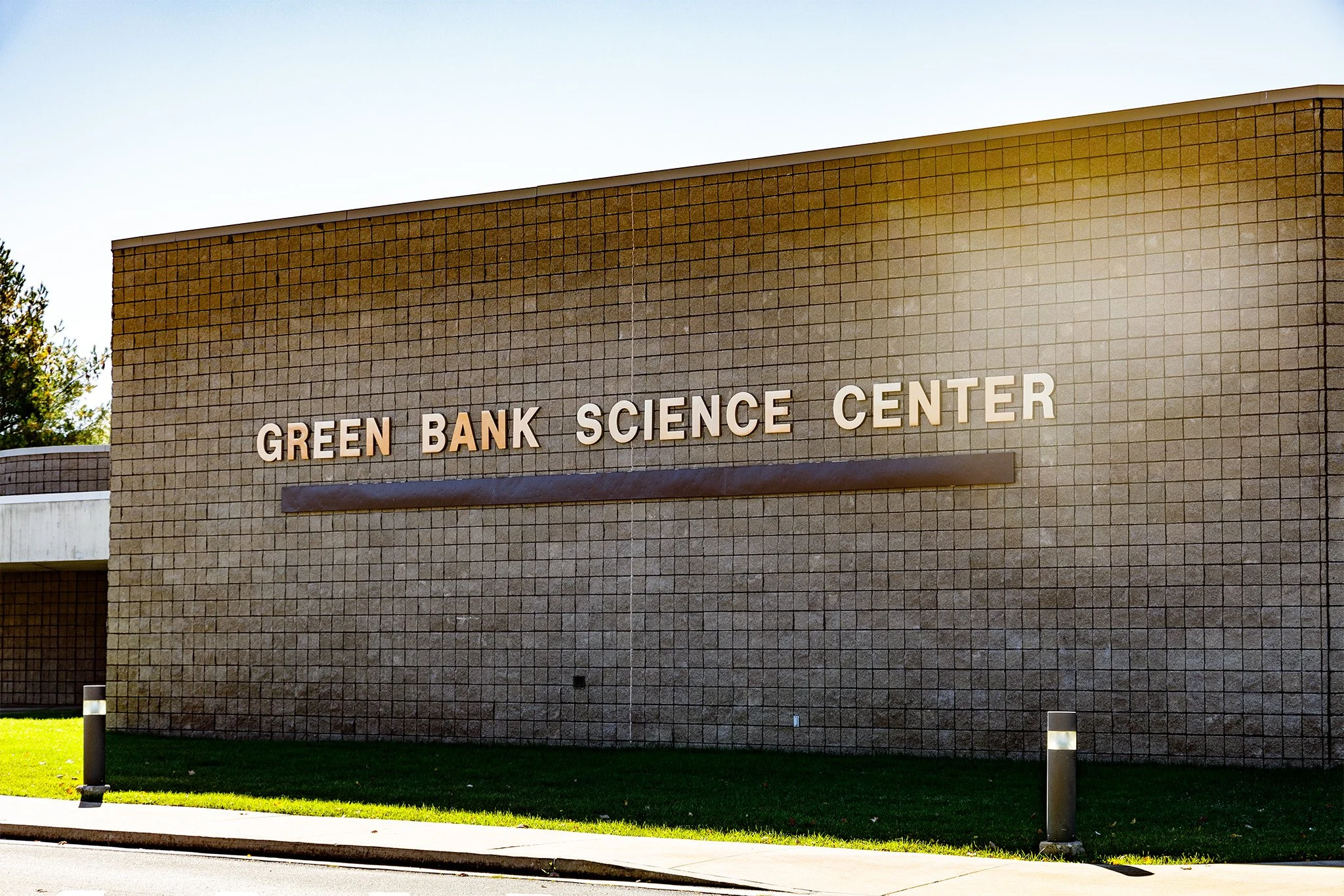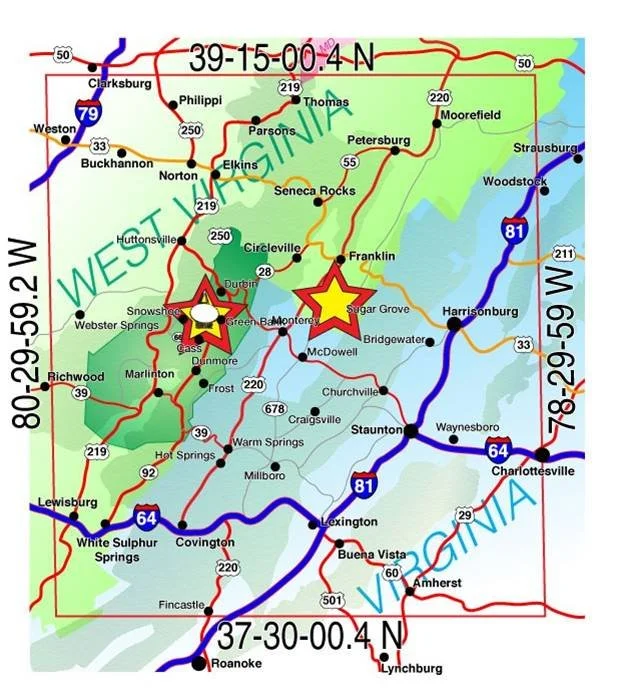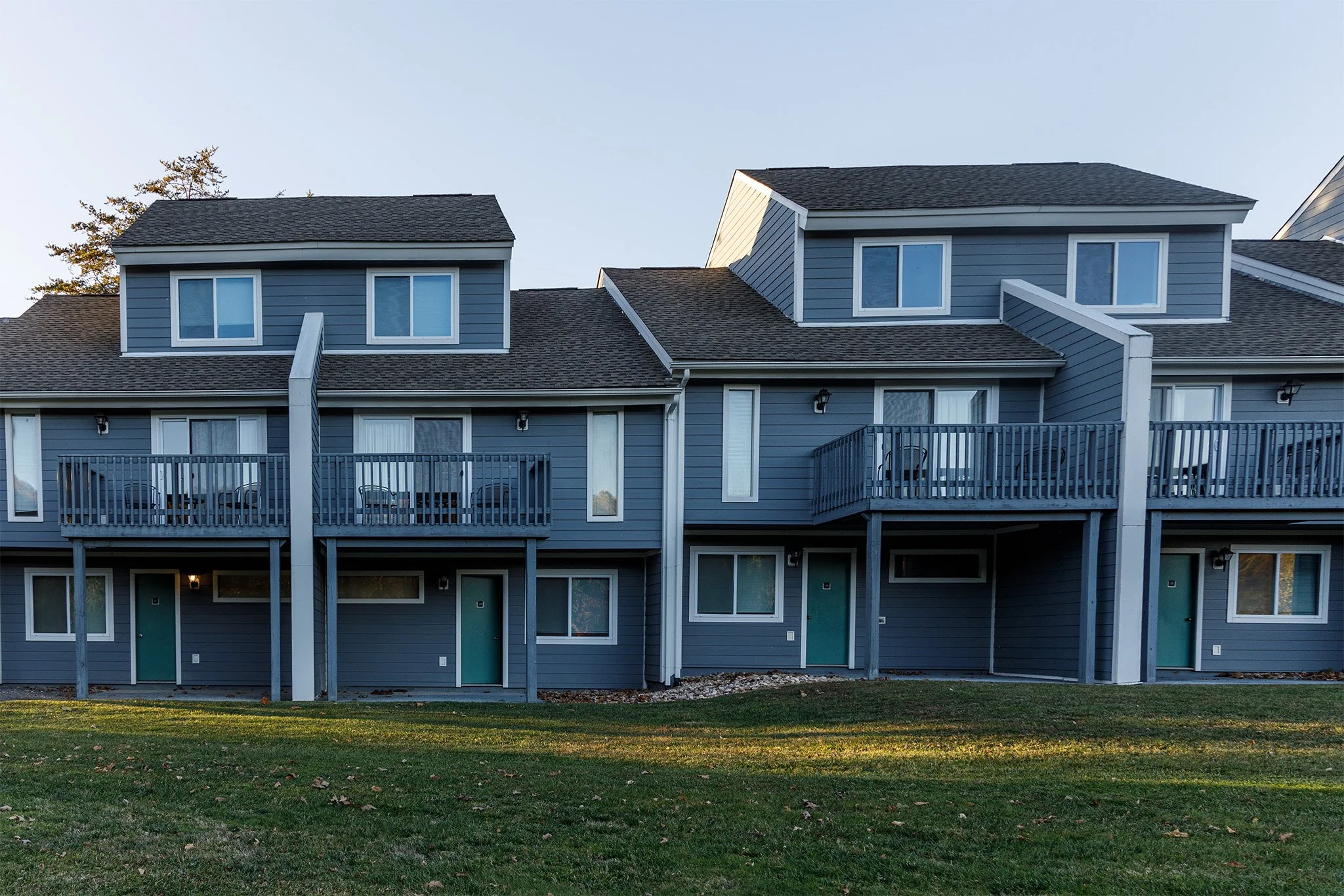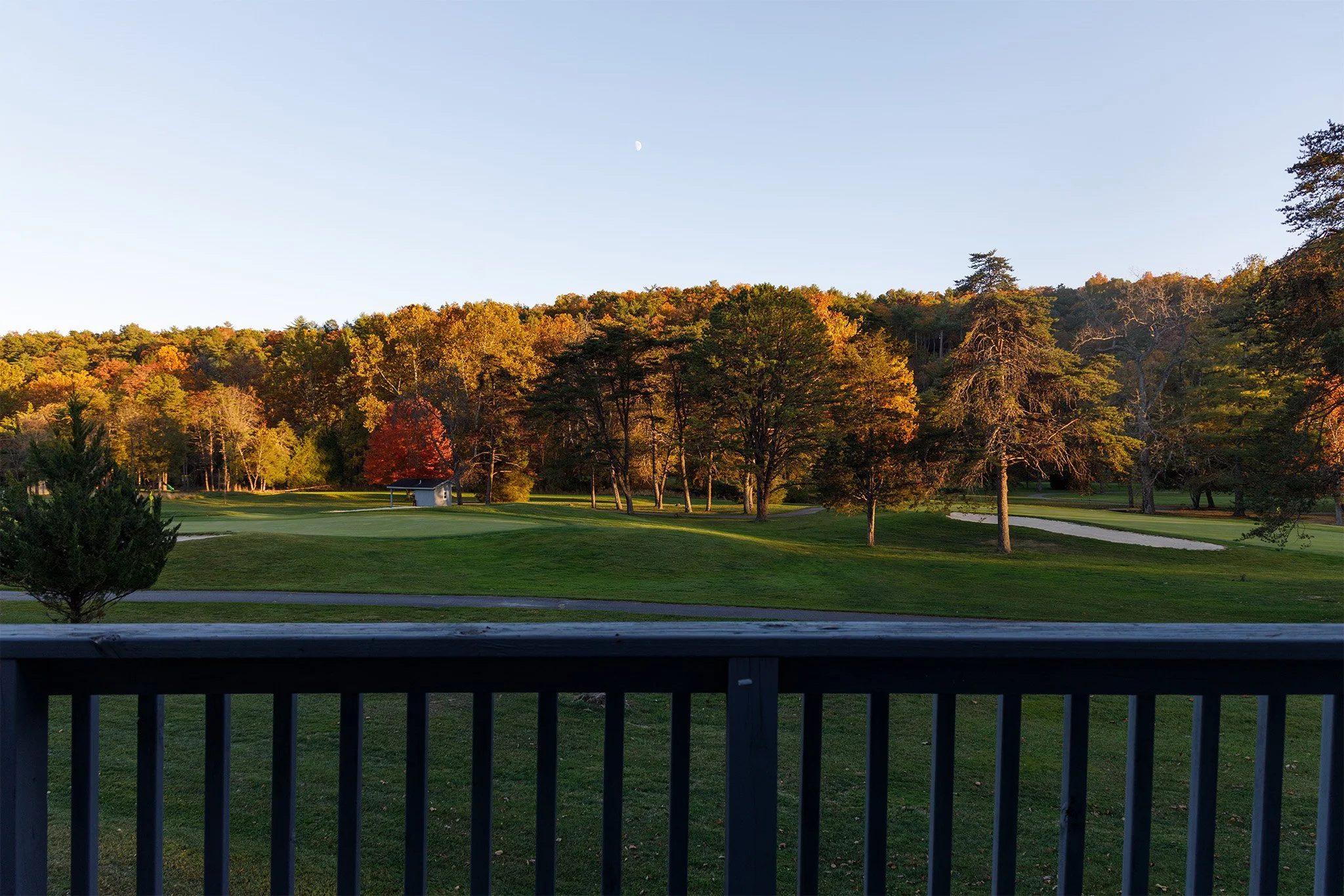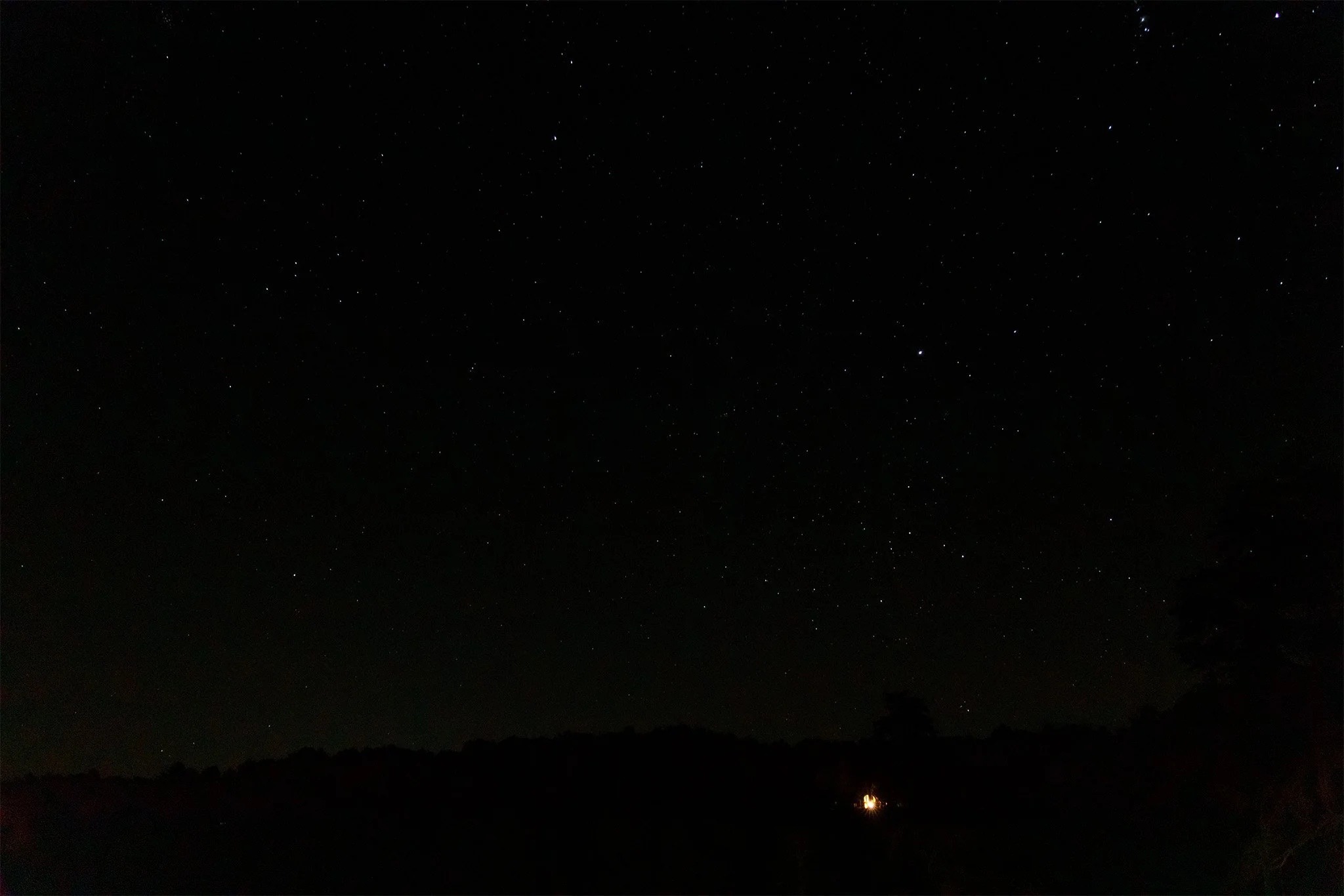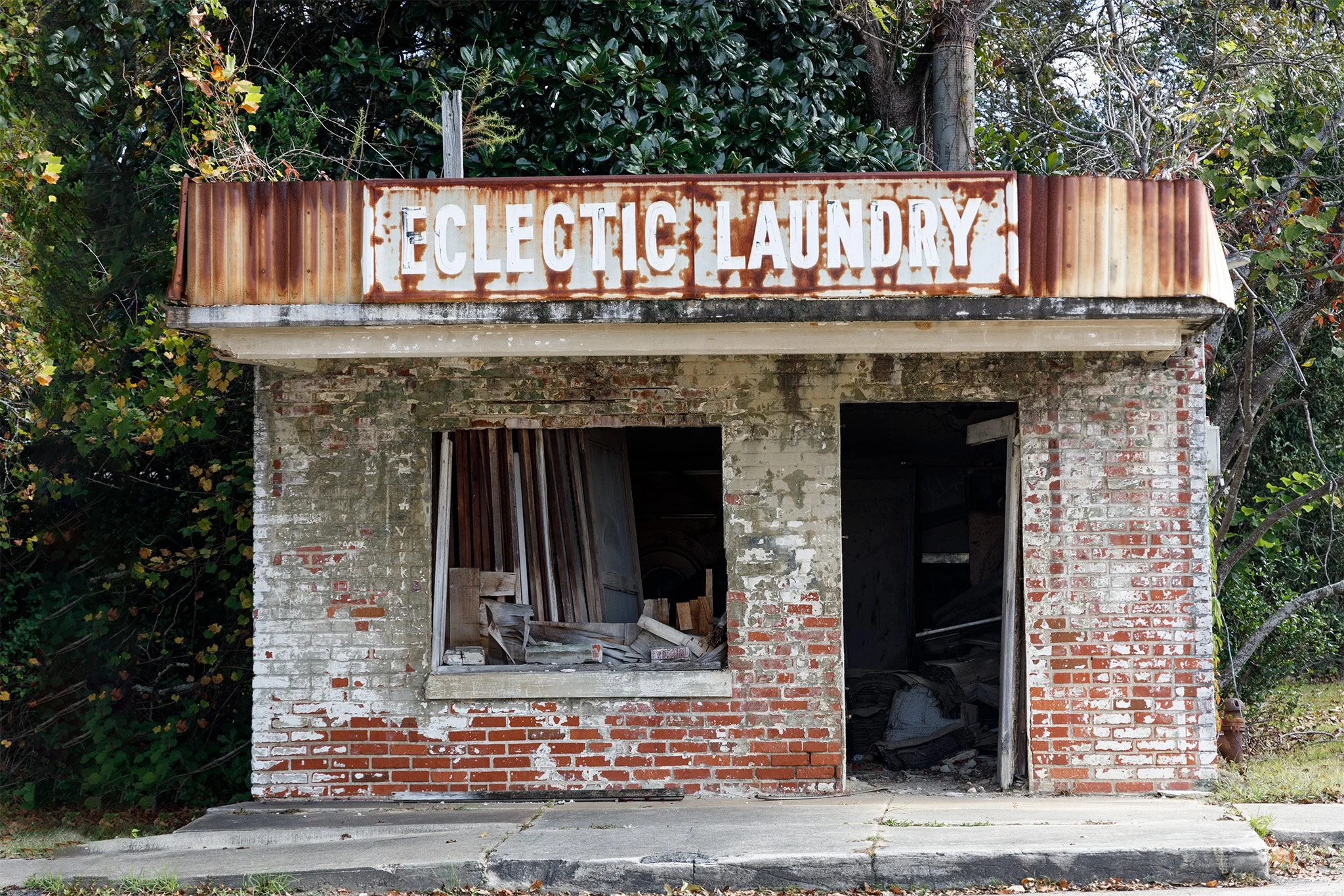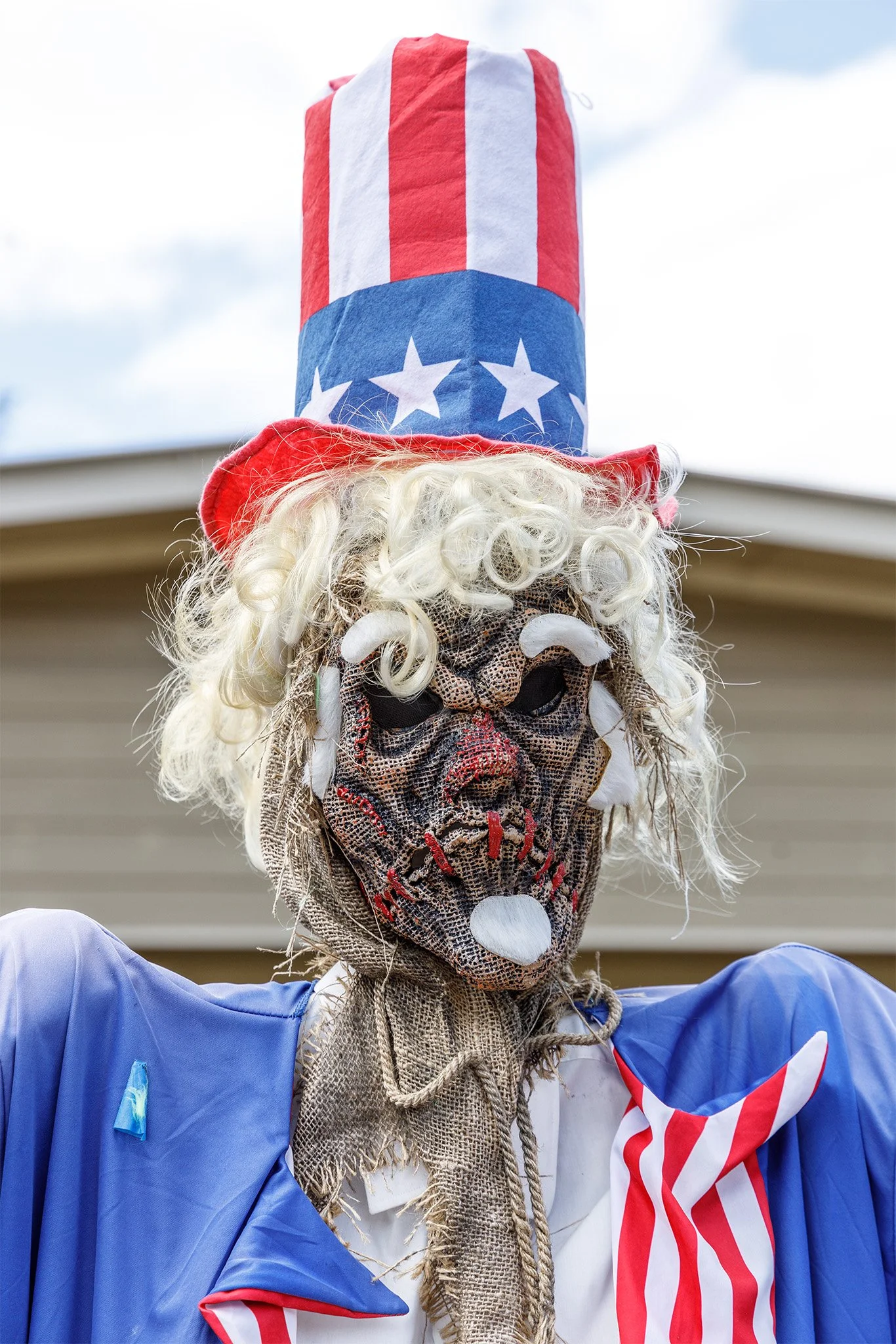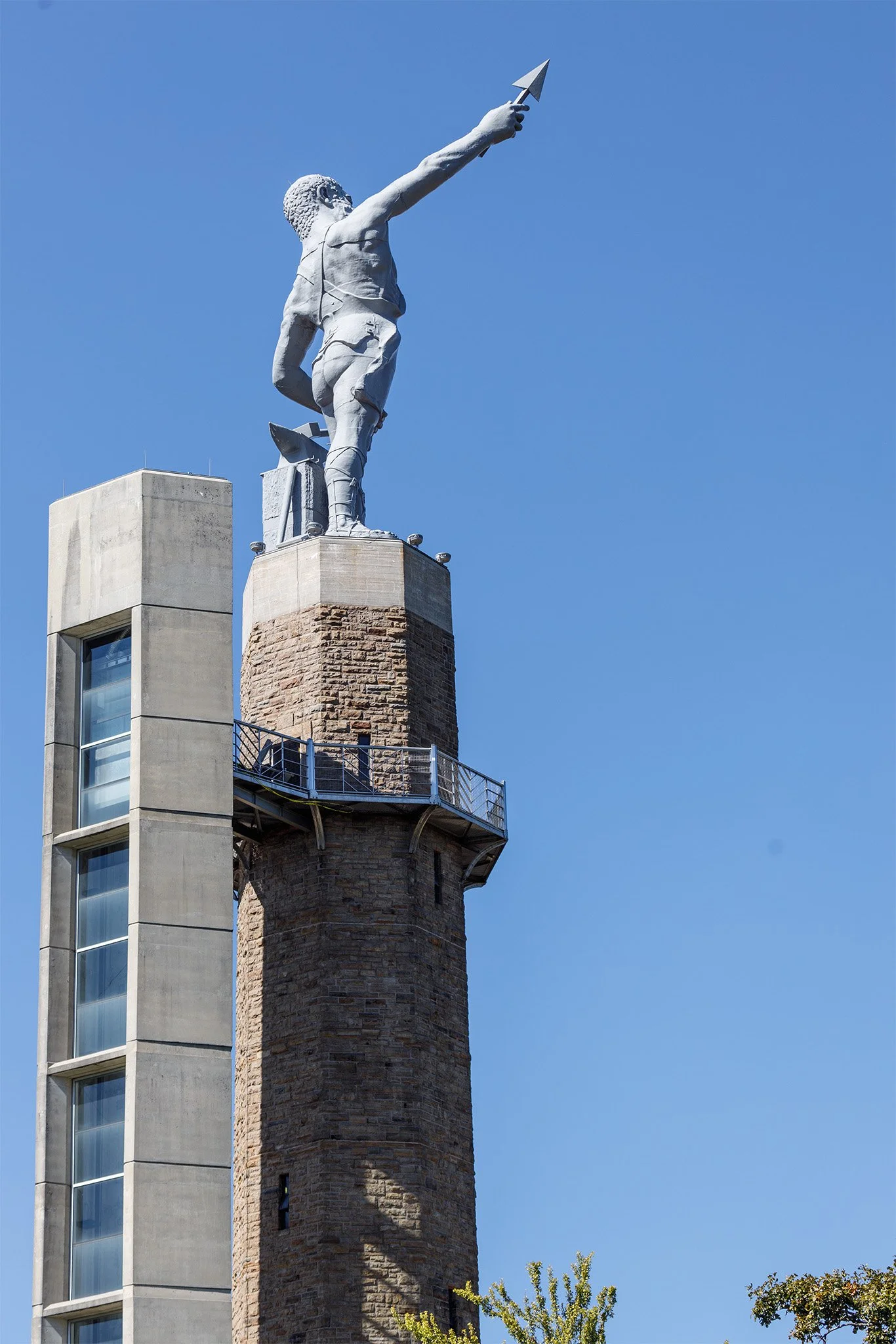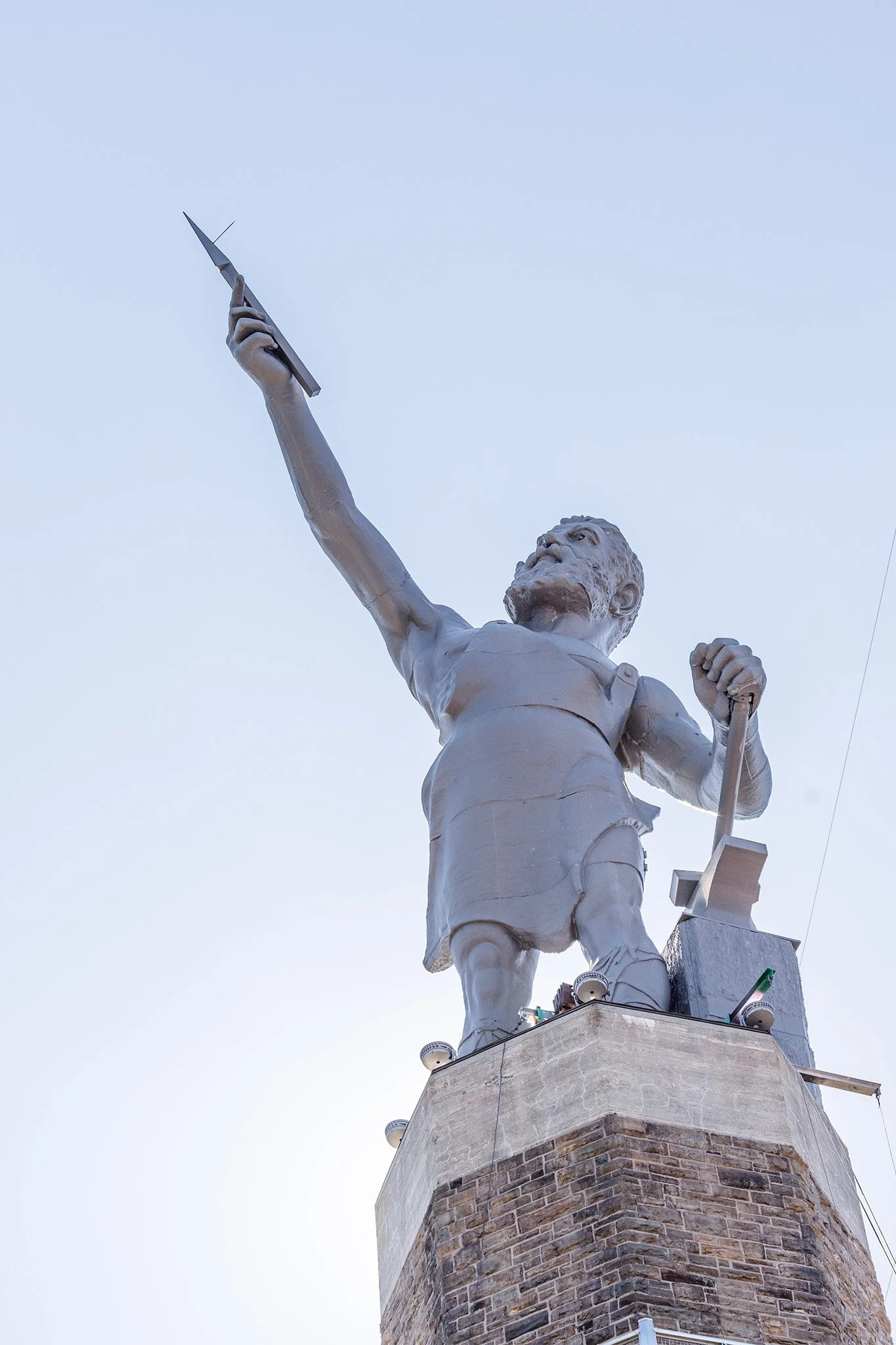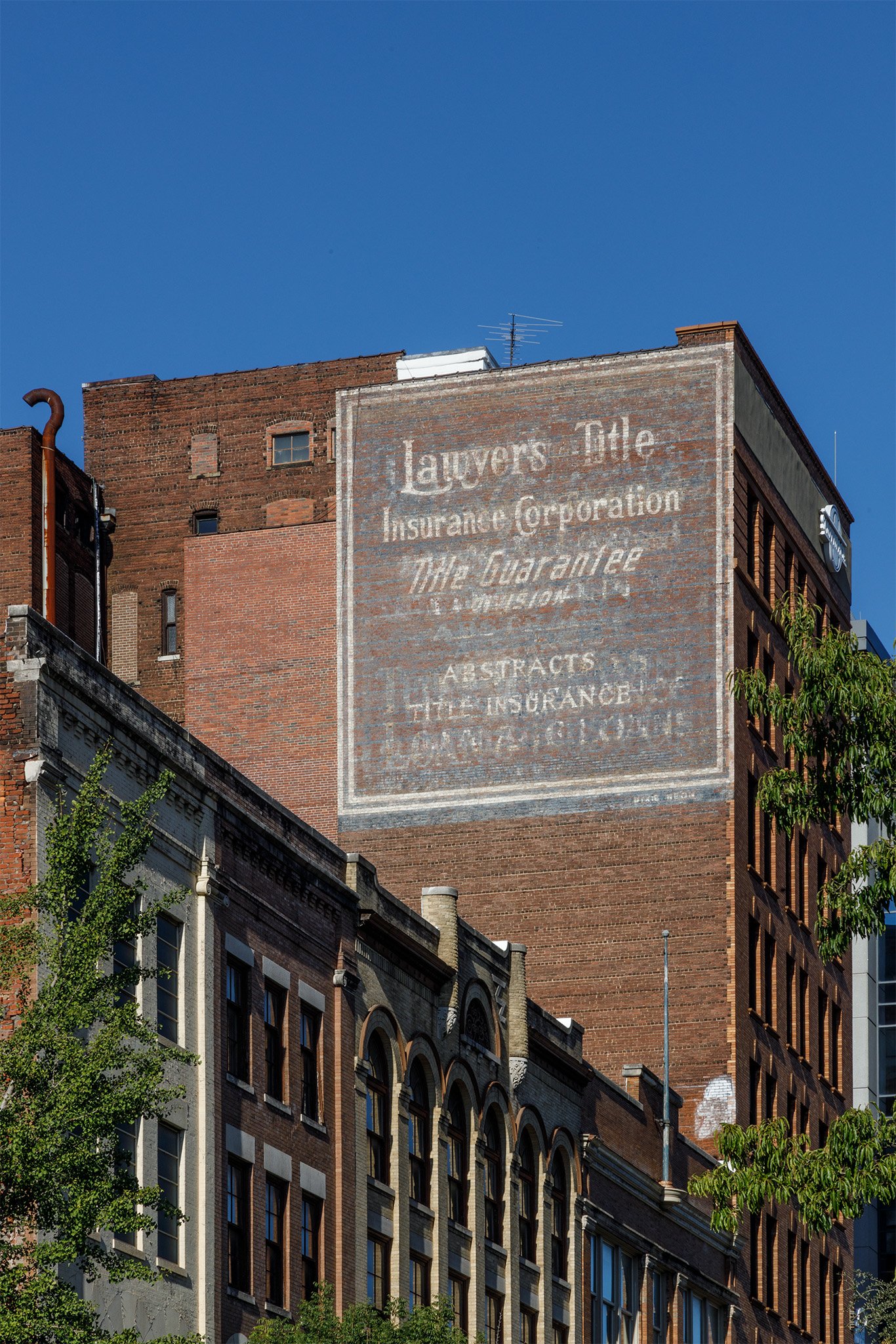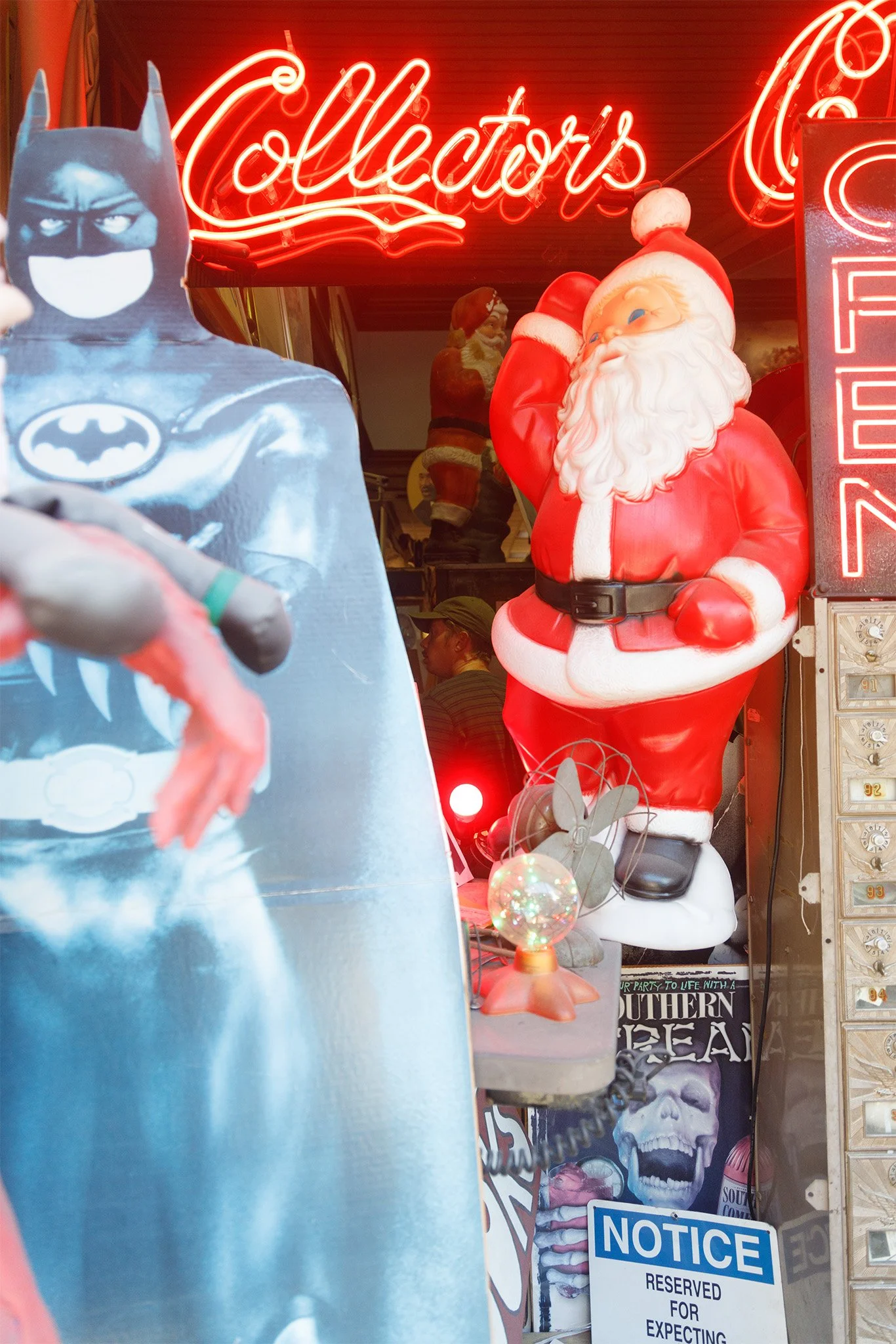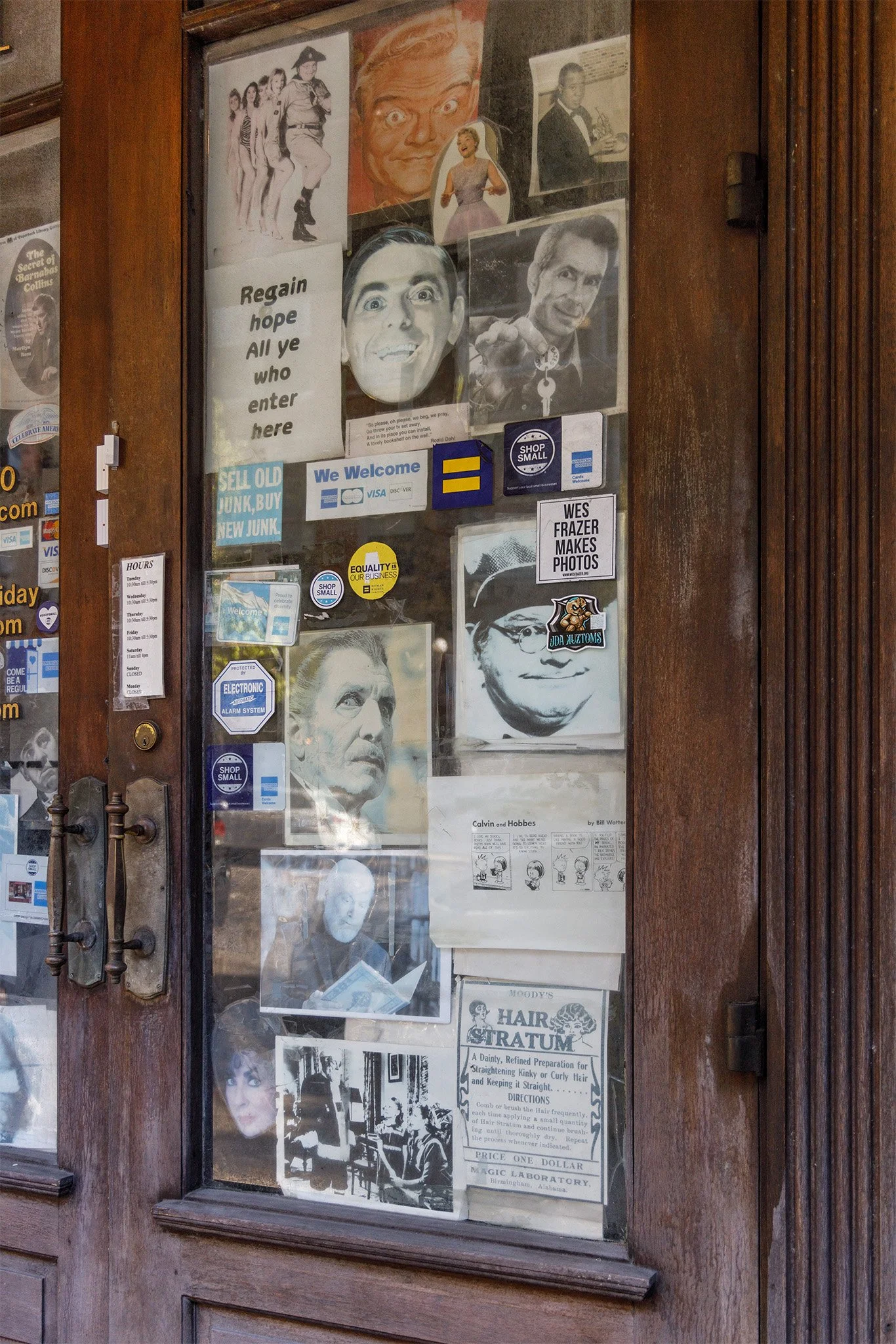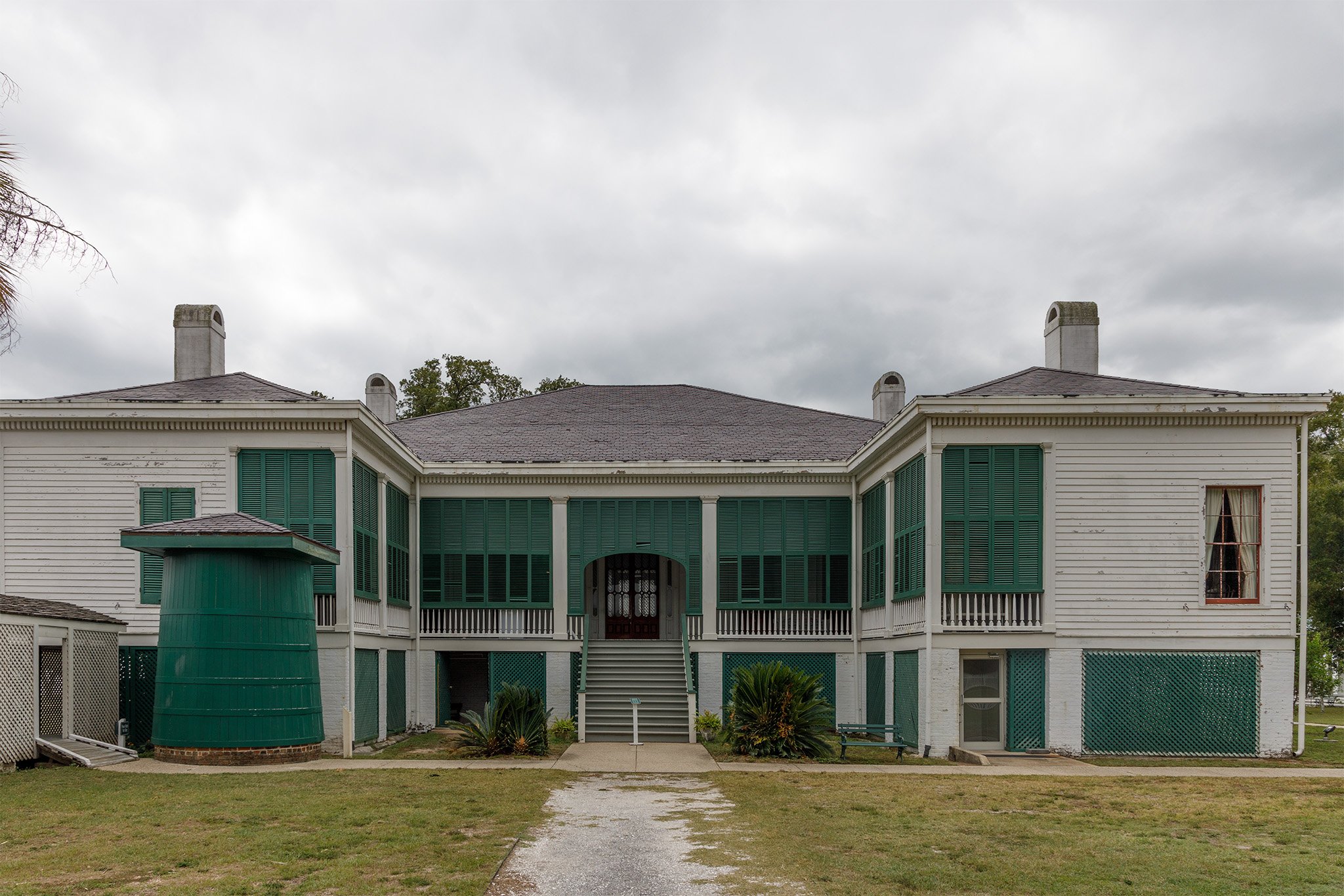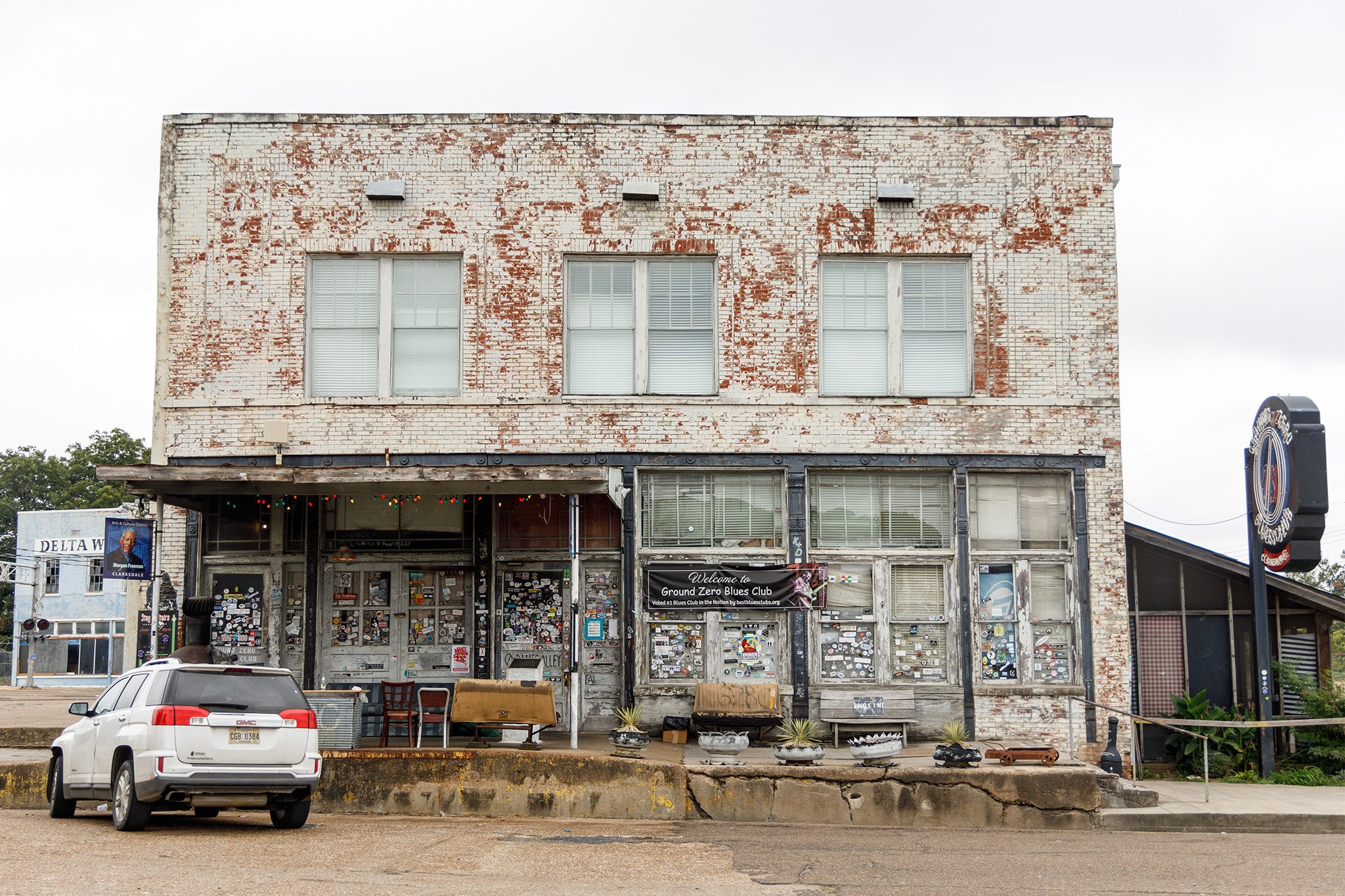West to Centralia.
Centralia is a borough and near-ghost town in Columbia County, Pennsylvania, United States. It is part of Northeastern Pennsylvania. Its population has declined from 1,000 in 1980 to five residents in 2020 because a coal mine fire has been burning beneath the borough since 1962. — Wikipedia
There was no sign of the shop I’d seen back in 2011. But back then there were a whole eleven people living there, and as of 2022 it was four (that’s the most recent census data.)
When the fire started, there were five churches in town. One by one they disappeared, but in 1986, at the height of the crisis, archbishop Stephen Sulyk ordered a survey. The survey team discovered solid rock, not coal, lay under the Assumption of the Blessed Virgin Mary, a Ukrainian Catholic church. Thus, the building was saved.
In 2015, the head of the Ukrainian Catholic Church, Major Archbishop Sviatoslav Shevchuk, led a pilgrimage to the curious Pennsylvania church while he was on tour in the U.S., and more pilgrimages followed.
Now the salvaged structure is the only church that remains in Centralia and one of the only buildings at all. Former residents come back to Centralia to attend services at the church, where pastor Michael Hustko offers doughnuts and coffee to parishioners afterwards, because there’s nowhere else to go.
Meanwhile, though the government says the fire could burn for 100 more years, some locals don’t believe it poses a threat at all. The Blessed Virgin Mary Ukrainian Catholic Church continues to stand on its solid rock foundation as a symbol of resilience and steadfastness. Father Hustko thinks it will outlast him. — Atlas Obscura
Just outside Centralia in Ashland (an apt name for a town close to a fire, as is the close by town of Shamokin) is the Big Mine Run Geyser the only geyser in the state of Pennsylvania is caused by pressure from an abandoned coal mine outside of Centralia. There was a big, barking dog in the house across from it. Jane ran back to the car very very quickly (which I would have done too had I not already been in it taking my photo through the window.)
BIG MINE RUN GEYSER IS the only geyser on the East Coast of the United States. In Ashland, Pennsylvania, just outside the ghost town of Centralia, you can find water being expelled from the earth with immense pressure. When the mines in the area were abandoned in the 1930s, the empty mine shafts filled with water. When the water had nowhere else to go, it found an escape through an old ventilation hole. The geyser experiences different pressure depending on rainfall, and can be as short as three feet or as tall as 15 feet. The surrounding rocks have taken on an orange hue from the iron rich water that spews forth. — Atlas Obscura
We headed to Catawissa to see the graves with cages over them (a think you can find in the UK, but these may be the only two in the US). The GPS let us down and took us somewhere pretty, but wrong (see below). Google Maps was better but they were on private land behind people’s houses. This might not have been a problem but there were countless “Beware of the dogs” signs, and we’re on a One Dog a Day limit.
In the town we had a bite to see and saw the (outside) of the Opera House (now an antiques shop). Being a Sunday most things were closed. (That said; now I’m at the hotel… it kinda of does look like it was open.)
We pulled over in Frackville to take a photo of the Holy Ascension Orthodox Church and filled up with gas while we were there. Seeing us taking photos the guy from the petrol station asked if we wanted to photograph him, so I snapped one.
…and to our hotel in Wilkes-Barre which is named in honour of John Wilkes and Isaac Barré—two British members of Parliament who supported colonial America.
Addendum. I wanted to see where the caged cemetery was on the map and WE WERE SO CLOSE. We turned left, and if we’d gone right on Long Woods road for less than a minute we’d have seen it. Nope, we turned left. Damnit.







































